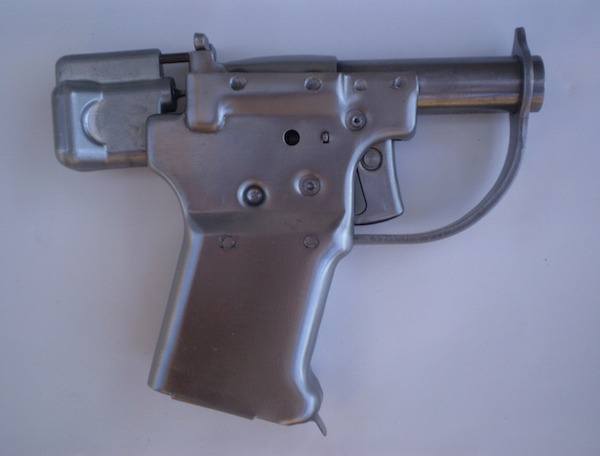Humans are very skilled at making machines designed to destroy other humans. Warfare tends to propel technological advance, and some very effective firearms have been produced.
Yet there have also been some ineffective weapons too: products of poor construction poorly thought out design and bad judgment. Here are ten of them.
1. Chauchat
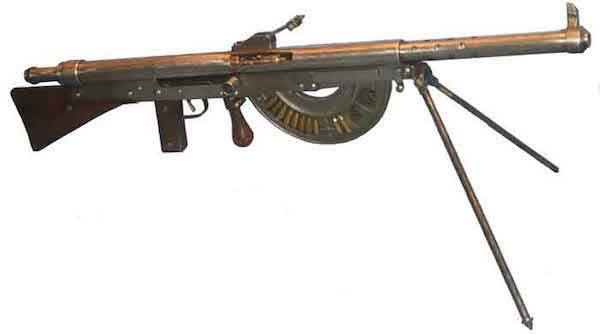
The Chauchat was the standard light machine gun of the French Army during World War I. It was light enough to be carried and operated by a single person.
But it was so terribly constructed that no part would fit another Chauchat. The magazine jammed easily because it was open to allow the operator to see how many rounds were in it.
The French so despised the Chauchat that they traded them for goods they actually wanted.
2. FP-45 Liberator
The Liberator was a hand pistol designed to be used behind enemy lines during World War II. The idea was to airdrop them behind enemy lines so that resistance forces could use them.
The effective range was less than 25 feet. It had a powerful 45 ACP cartridge, but it took so long to reload that a new pistol could be manufactured for use instead!
So if an operator shot at close range and missed, there was no second chance. They came with ten rounds and a stick for prying out spent cases.
Unsurprisingly, there is no account of it ever been used in combat, though it was dropped over China and the Philippines.
3. Cochran Revolvers
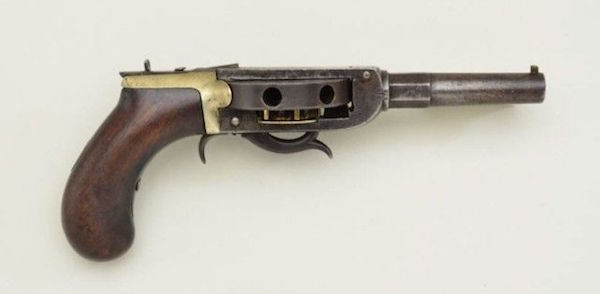
This revolver was produced in the early 1830’s. The cylinder rotated horizontally, which meant that as a round was fired, there was another pointed back toward the operator.
Well, it would have been effective in ending the war, by killing both combatants.
4. Nock Volley Gun
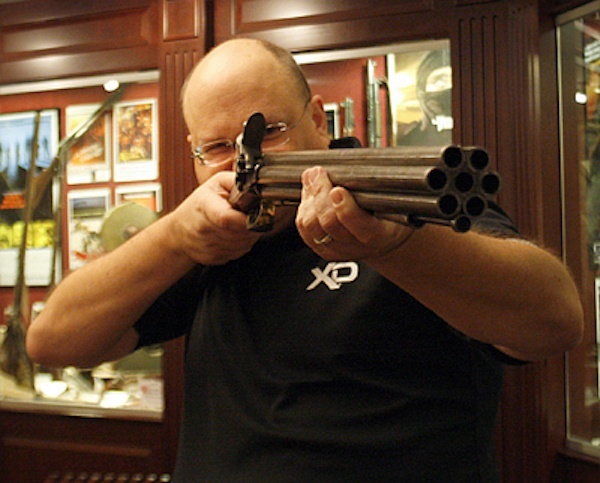
The flintlock Nock Volley Gun was supposed to fell boarders from enemy ships. All of the barrels fired at the same time.
It might have been highly effective, if it were not for the fact that the fireball tended to set sails and rigging alight.
Even if such a disaster were avoided, the recoil from the weapon broke the shoulder of its firer. For some reason, it never took off.
5. Krummlauf
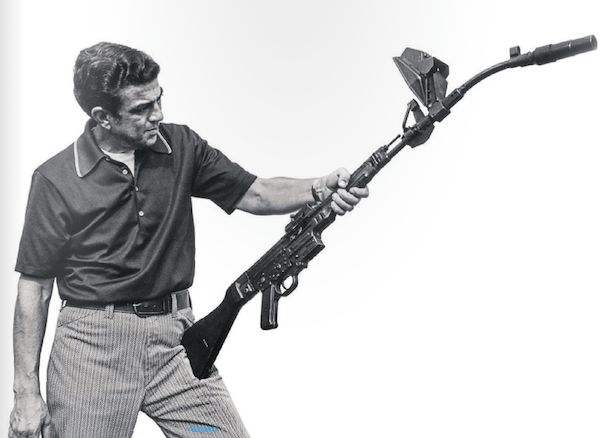
Technically this is not a firearm but an attachment for the barrel of a World War II German Sturmgewehr 44 assault rifle.
This attachment curved the barrel from 30 – 90 degrees and allowed soldiers to shoot from behind cover and cover the area surrounding a tank.
The curvature, however, caused bullets to shatter inside the barrel. Moreover, the barrel tended to survive less than 300 rounds. The greater the angle the shorter the barrels lifespan became.
6. Boys Anti-tank Rifle

Created by Captain H.C.Boys, this five-shot firearm was used at the beginning of World War II. It weighed 16.33 kilograms and was supposed to be able to pierce 21 mm armor with 13.97 caliber rounds at a distance of 300 meters.
Unfortunately, it proved incapable of taking on German tanks. It was too heavy to carry, and the recoil was savage.
7. Double-Barreled Cannon

A private in the home guard of the Confederate Army, created a cannon in 1862 with two barrels that would fire six-pound balls connected by a chain.
These two cannons would maul everything in its path. In testing it did kill a cow and a chimney, but only after the balls veered off target and then separated. Nevertheless, it did see some action, defending Athens, Georgia.
8. Desert Eagle .50AE
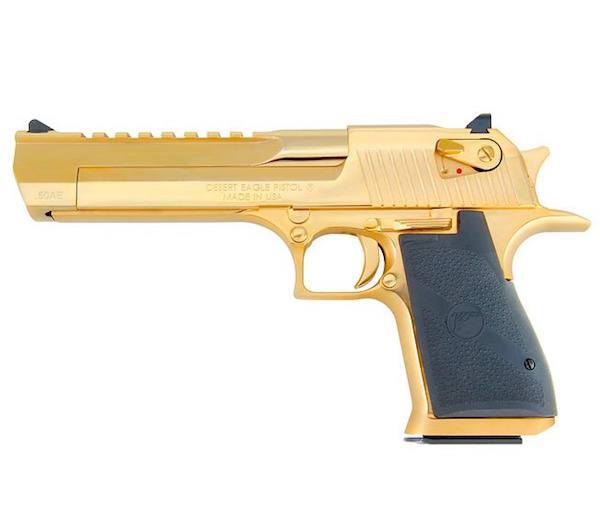
The Desert Eagle is a semi-automatic handgun which chambers a massive cartridge and delivers colossal recoil.
It is notoriously unreliable and obscenely expensive, which begs the question: why? It serves no practical purpose
9. Type 94 Nambu
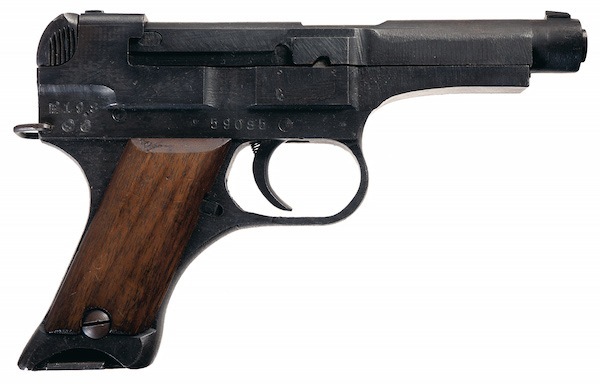
The world’s ugliest pistol was made by the Japanese Army in 1934. It fired a pitiful 8×22 mm Nambu cartridge. It was widely inaccurate, expensive and weak.
To add to its failures, merely laying it down or passing it on would set it off. It is amazing that it was still being produced in 1945.
10. Breda 30
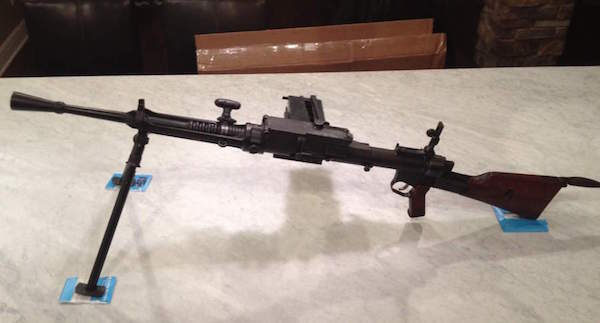
The Italian Army used this light machine gun during World War II. It was supposed to fire a 6.5×52 cartridge from a box magazine mounted on the side. However, the magazine and its latch would soon bend, and the weapon could not be used.
The blowback could also be violent. To counter this, each round was lubricated before it entered the chamber. The rounds were then super-heated by rapid fire and hot oil, resulting in the cartridges exploding.
